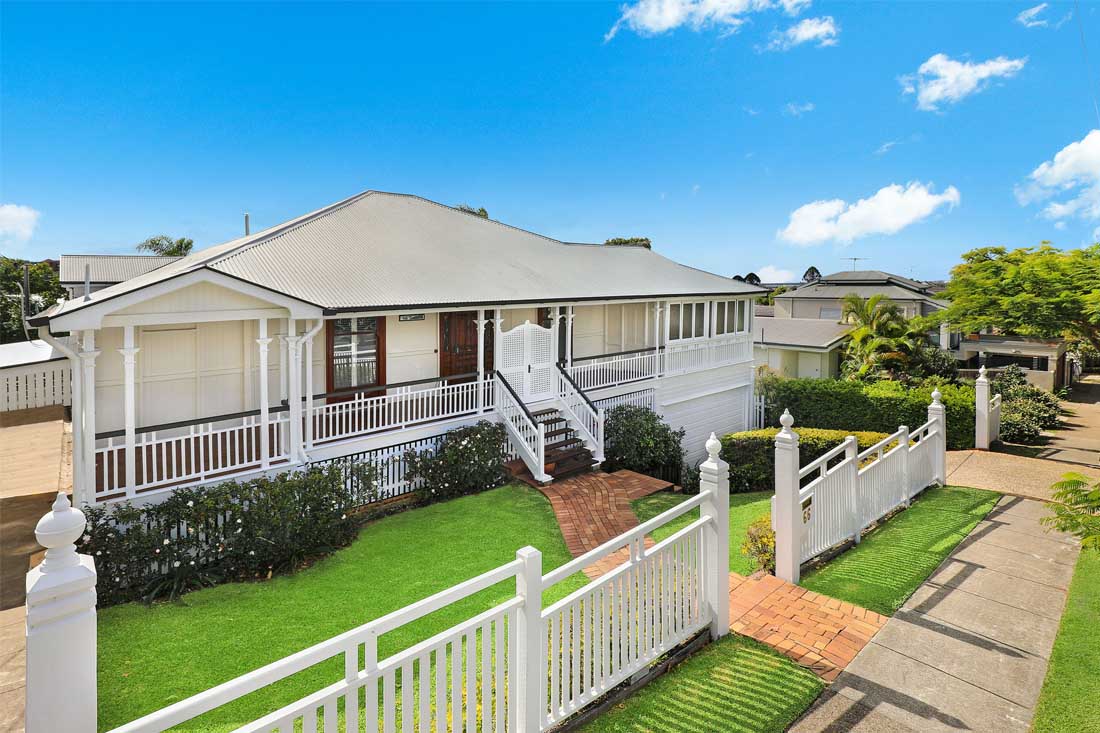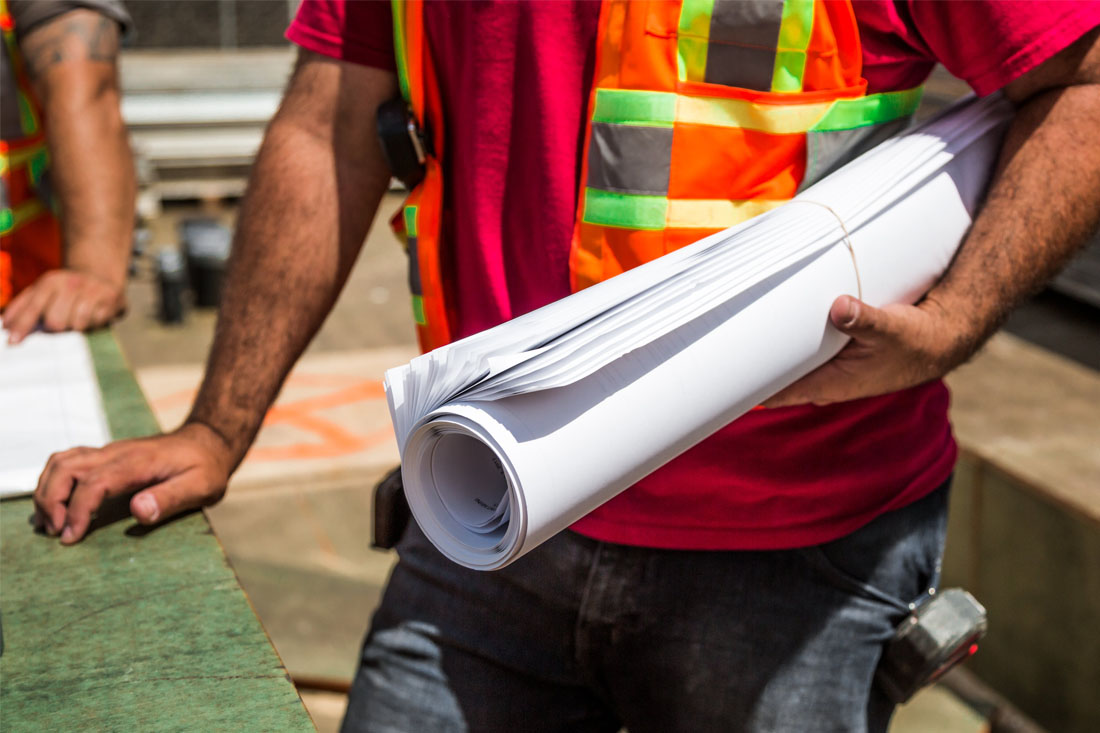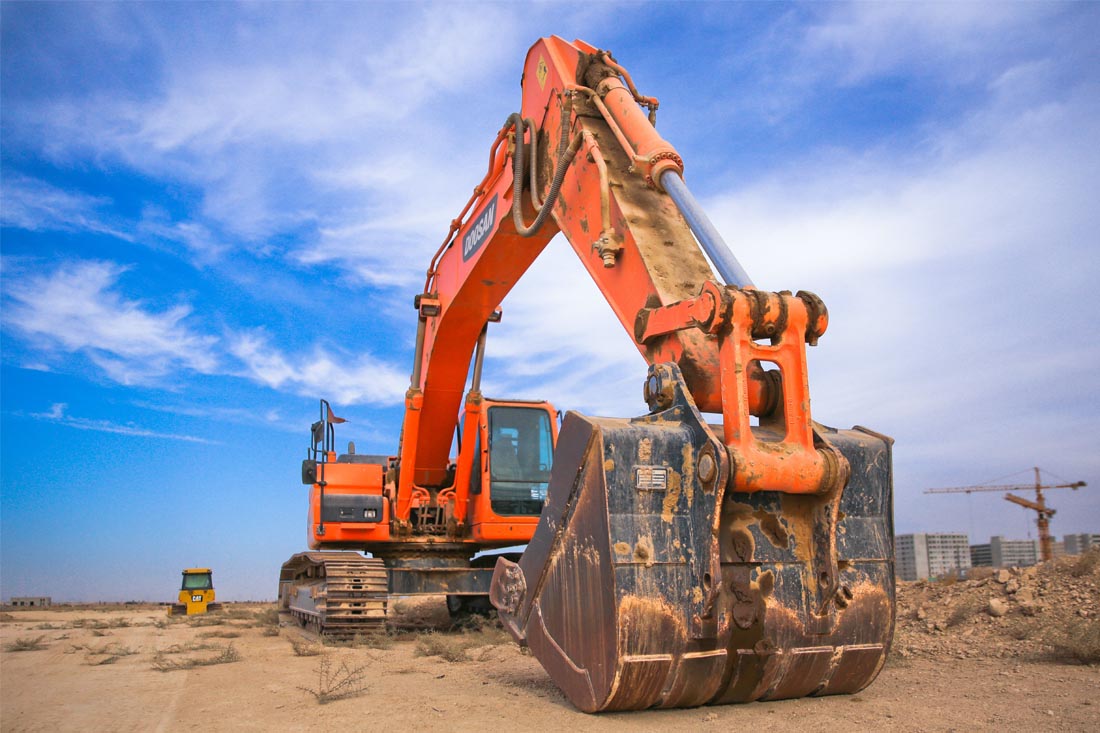Drive or walk around your local suburb mid-morning on a Saturday and chances are you’ll pass a few freshly banged up ‘Auction’ signs. But is Saturday actually the best day to auction your home? New data suggests perhaps not.
We all love a good auction story.
You’ve probably got a mate or two whose favourite dinner party story is the time they crushed all their competitors’ hopes and dreams with a final $10,000 sledgehammer bid.
But for every tenacious bidder, there’s usually an equally pleased vendor.
So what day of the week can sellers generally attract the most bidders to their auction?
The day with the most bidders
Auctions held on Tuesdays at 5pm attract the most active bidders – at 5.9 bidders per auction – according to national data collected by Ray White from 23,100 auctions over the past 12 months.
This is significantly higher than the average of 3.2 bidders per auction, which also happens to be the average number of bidders at auctions held on Saturdays at 11am (the most popular auction time).
That said, results do tend to vary in each capital city.
“Looking at all auctions held over the year, Tuesday at 5pm is the best time to sell. However in Adelaide and Melbourne, it may also pay to look at Friday night,” explains Ray White Chief Economist Nerida Conisbee.
“In Sydney, it is Sunday morning and in Brisbane it is Monday night. Perth is the only market where a standard midday Saturday auction would yield the most active bidders.”
The day with the highest clearance rates
A large number of bidders, however, doesn’t always translate to higher clearance rates.
When it comes to clearance rates, it turns out Friday is the day to beat, according to Ray White Group’s national auction day clearance rates.
Friday 1pm boasts the highest clearance rate at 91.2%, while Saturday 8am comes in at a close second with 90.5%.
“Most auctions in Australia are held on Saturdays between 10am and 1pm,” explains Ms Conisbee.
“[However] holding an auction at a time that is less standard can work to your advantage if selling – there is simply less competition from other properties going to auction at these times,” she adds.
Upgrading or downsizing? Get in touch today
If you’re in the process of selling your current home to upgrade, or downsize, to another property, get in touch with us today to discuss your finance options.
Every family is different – just like every home loan is different. Our job is to find the right match for you.
Disclaimer: The content of this article is general in nature and is presented for informative purposes. It is not intended to constitute tax or financial advice, whether general or personal nor is it intended to imply any recommendation or opinion about a financial product. It does not take into consideration your personal situation and may not be relevant to circumstances. Before taking any action, consider your own particular circumstances and seek professional advice. This content is protected by copyright laws and various other intellectual property laws. It is not to be modified, reproduced or republished without prior written consent.









